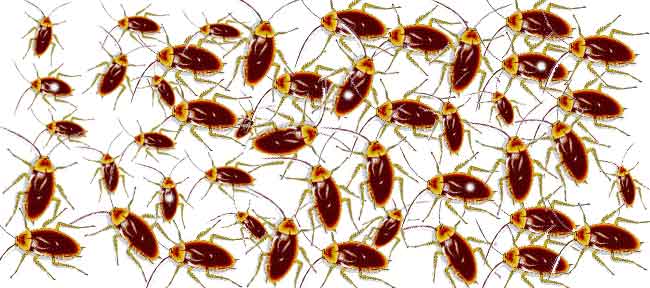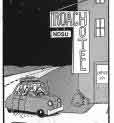 |
|
Population size is important for > assessing the vulnerability to extinction or extirpation of a species > or the value of a wildlife stock > understanding a species rate of evolution ( gene flow over time, founder effects, and historic moments such as plague /catastrophe) > predator prey relationships > ecological dynamics > foraging behaviors It is therefore important to be able to estimate the sizes of populations. It is often difficult or impossible to count all the individuals in a population in fact it might be harmful. One of the most practical ways to estimate a population size is to use the MARK-CAPTURE SAMPLING method.
This method ass/u/me/s : that
> |
 |
 5 of the roaches have been marked and then released back into the apartment! (our total sample size here does not matter) > #marked [M] = 5 roaches (who then disperse among other apartment dwelling roaches) |
 |
Roaches [N] are now milling about in near dispersion and then a
roach trap is set up
 to capture a second sample [n] over night (below). A count of the sample reveals that there are about 19-20 roaches and there are 2 marked [m] roaches in this second sample [n]. |
|
|
|
total# marked [M] =
# recaptured [m] total population [N] size of second sample [n] N = Mn = 5x20 = 50 roaches approximately m 2 - this system might be very accurate in determining the number of field mice per hectare but when it comes to wide ranging populations it becomes unreliable. - what harm, might come to the roach in the trap?
|
 know precisely how many
know precisely how many
